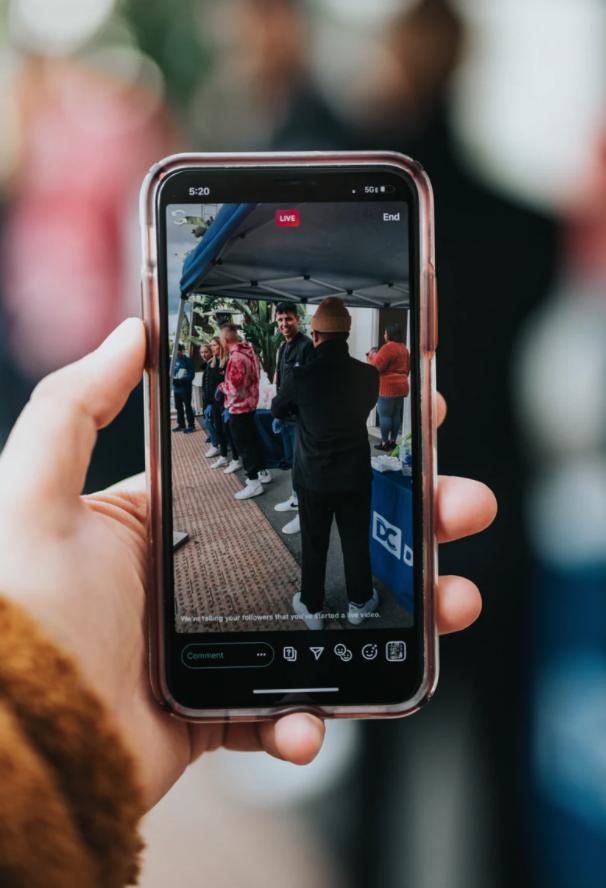How video-recorded evidence plays a role in family violence cases

“Even though now the justice system’s involved in trying to protect the victim, trying to help them, they’re [victim] still very traumatized and a lot of times for various reasons they don’t wanna pursue [charges], so this alleviates that for the victim. The video evidence speaks for itself and I think it helps the justice system pursue that case.” – Police Officer
Family violence is a complex crime with devastating effects. According to the Texas Council on Family Violence, 174 women and 32 men were murdered by a current or former partner in 2018[1]. In an effort to improve the criminal justice system’s response to family violence, the Office of the Governor funded a project to examine how video-recorded evidence plays a role in the investigation and prosecution of family violence cases. Features of abuse that are sometimes hard to convey – such as the victim’s emotional response, the impact on the family and home, and the offender’s demeanor – can be easier to capture using video than with pictures or written statements.
“I think, at that time, it’s better that they had video because there’s no way I could have written anything or made sense. Cause I was trying to explain to them what happened and my mind was just crazy.” – Victim in a Family Violence Case
“… when you don’t have a way to be able to express through a letter or verbally with the police, the video reflects your feelings physically and they can tell right then and there that you’re afraid, that is, a letter is not going to identify how you really feel…”’ – Victim in a Family Violence Case
Our research team with the University of Texas at Austin interviewed over 150 people in six jurisdictions across Texas and analyzed over 3,000 family violence criminal cases. Based on our findings, we developed the ReVEAL Implementation Guide. The guide offers practical guidance and a summary of research findings for those on the front lines to assess how video evidence could impact their work with families and survivors; as well as potential challenges to consider when adopting a video-recording practice in their communities.
Our findings suggest that video evidence offers some important insights into a crime that is often only understood by those experiencing or perpetrating the violence. One police officer put it this way: “But a picture is just a still photo. That’s not going to show you the rate of her breath. It’s not going to show you her emotion. It’s not going to show you the quivering. It’s not going to show you the change in voice…”
We saw that video evidence has a clear impact on the processing and outcomes of family violence cases. Prosecutors seem to be able to make decisions more rapidly when a video recorded statement is present. Presence of a video-recorded victim statement was also associated with higher rates of conviction, specifically guilty pleas, among cases that move forward.
“That video-recorded statement of the victim after the offense is the most powerful piece of evidence… I mean, you read [a written statement] over and over. It has no meaning anymore, but when you see the person on the screen, it makes you think, “I’ve gotta help this person.” Then I think it makes others involved think, “This really happened.” – Prosecutor
With briefs written specifically for prosecutors, members of law enforcement, and victim advocates and counselors, the ReVEAL Implementation Guide is an important tool for every Texas community.
Written by Bethany Backes, ReVEAL Principal Investigator, Assistant Professor, University of Central Florida and Anna Wasim, ReVEAL Project Manager, Senior Research Coordinator, University of Texas at Austin.
[1] http://tcfv.org/wp-content/uploads/2019/10/2018-HTV-Summary-Fact-Sheet.pdf
